I learned today of the blog georgianlondon.com, which also has a page on Facebook. One of her posts was about two little buildings on Cheapside at the corner of Wood Street, which reminded me of Peter Ackroyd's comments on pp. 653-654 of London: the Biography about those buildings and the plane tree next to them.
“Consider the plane tree at the corner of Wood Street and Cheapside. No one knows how long it has existed on that spot – once the old churchyard of St. Peter’s, which was destroyed during the Great Fire of 1666 – but in extant documents it is termed ‘ancient,’ and for centuries it has been a familiar presence. In 1799, for example,the sight of this tree inspired Wordsworth to compose a poem in which the natural world breaks through Cheapside in visionary splendour:
At the corner of Wood Street, when daylight appears,
Hangs a thrush that sings loud, it has sung for three years…
…
The tree conjures up images of its distant predecessors. Everything about this corner of Wood Street suggests continuity. Even its name is connected with the tree; wood was indeed once sold here, but the tree itself is protected and can never be cut down. In the spring of 1850 rooks came to rest in its branches, re-establishing the ancient association between London and those dark birds. The London plane flourishes in the smoke and dust of London, and the tree at the corner of Wood Street has become an emblem of the city itself. It has now reached a height of approximately seventy feet, and is still thriving.
Beneath it nestle the small shops which have been an aspect of this corner for almost six hundred years. In 1401 a shop known as the Long Shop was first built here against the churchyard wall, and others followed; after the Fire they were rebuilt in 1687. The site is only a few feet in depth, and each small shop still consists of a single storey above and a box-front below. The trades which have passed through them were various – silver-sellers, wig-makers, law stationers, pickle- and sauce-sellers, fruiterers – all of them reflecting the commercial life of the capital.”
Subscribe to:
Post Comments (Atom)


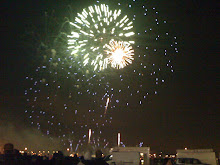


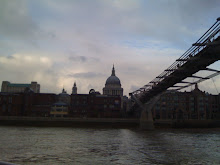







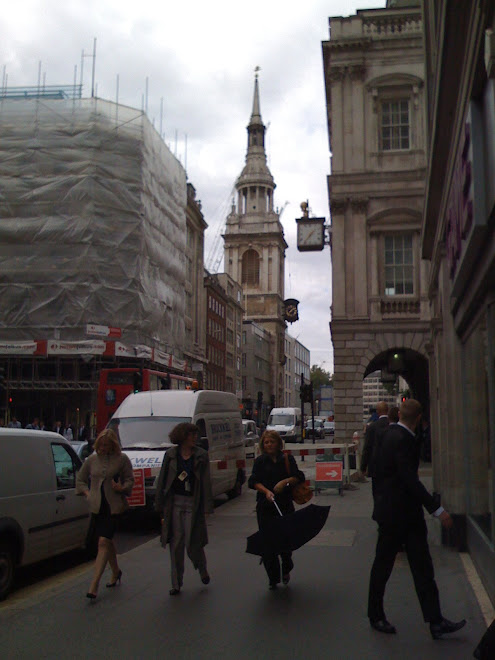

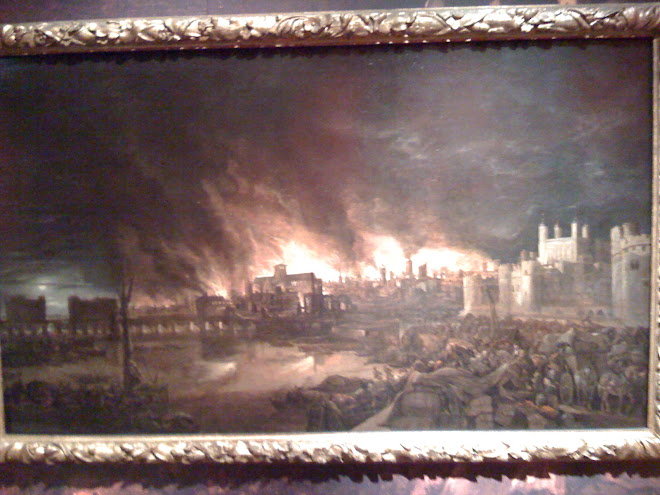
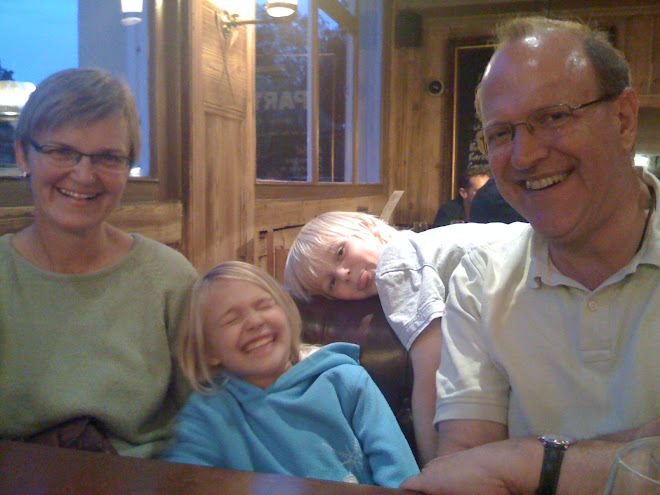



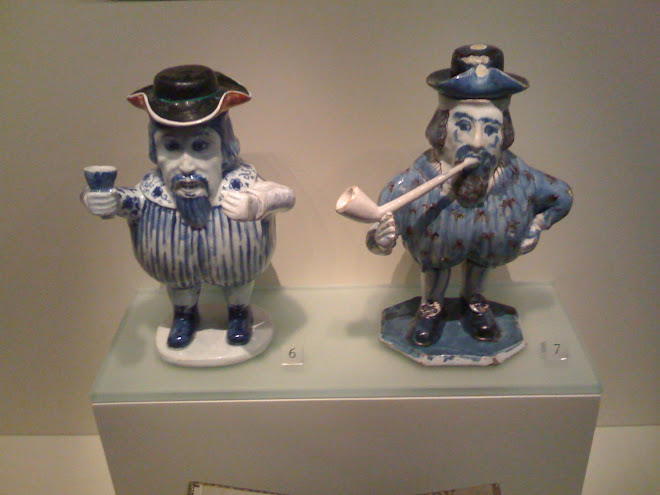
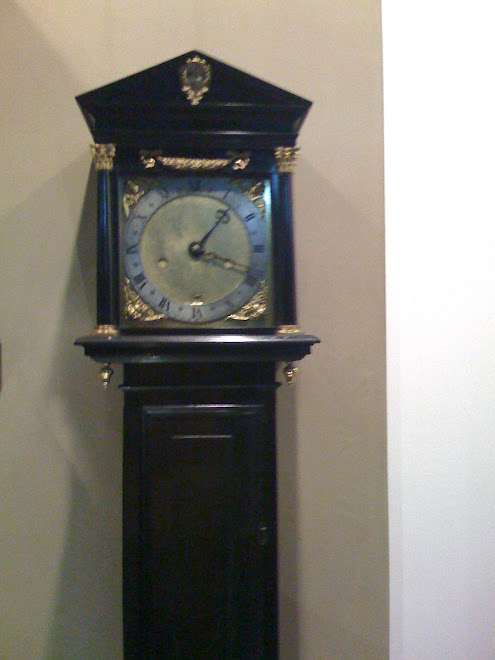
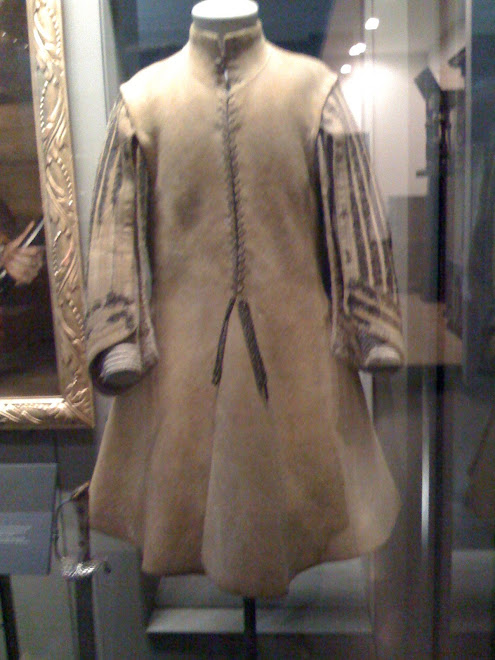

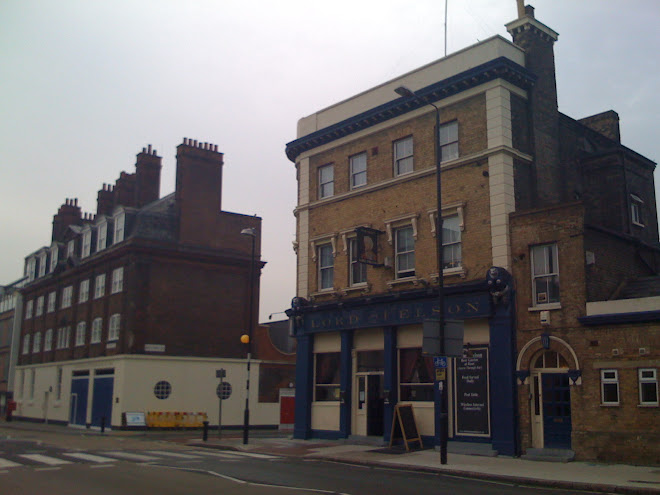
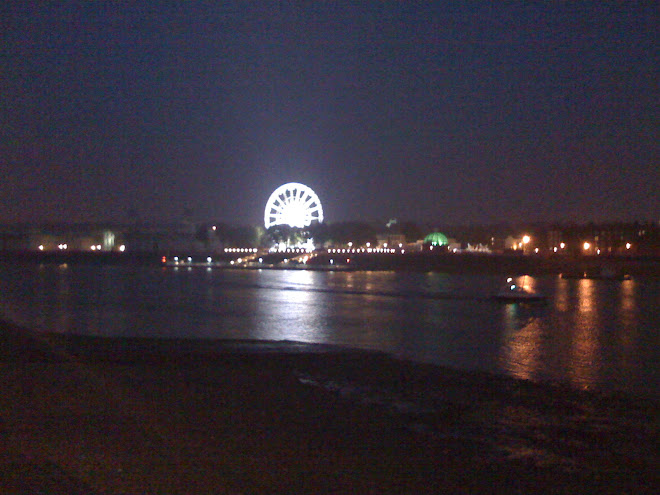
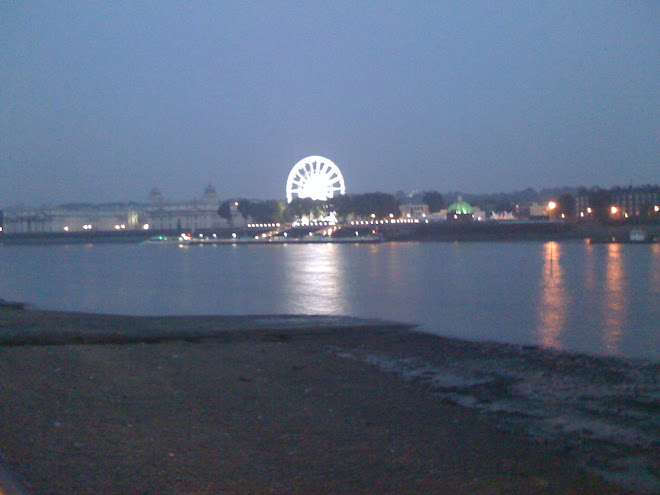
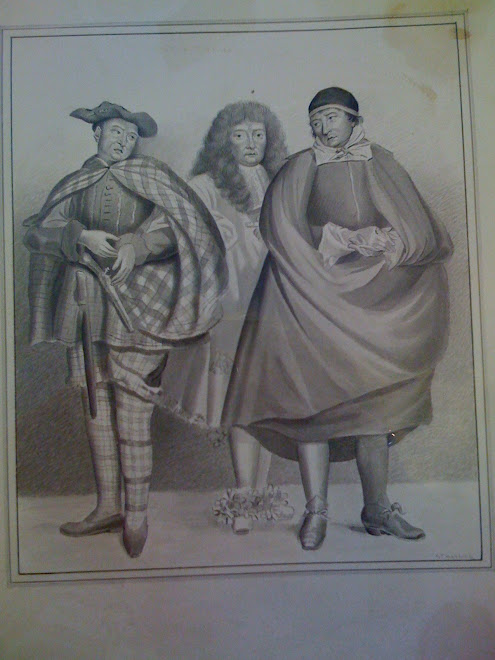
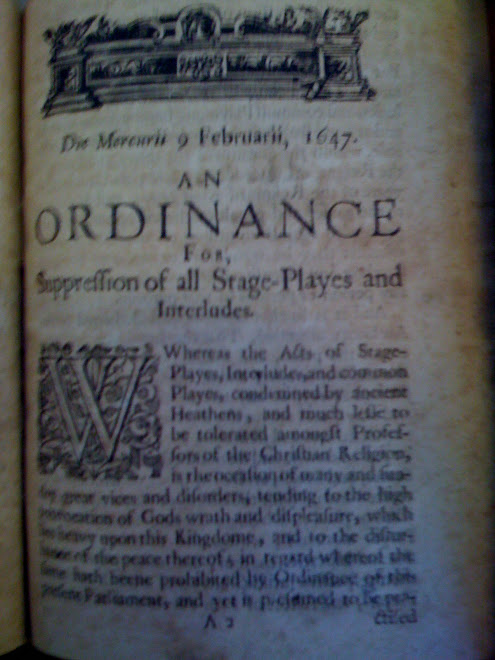
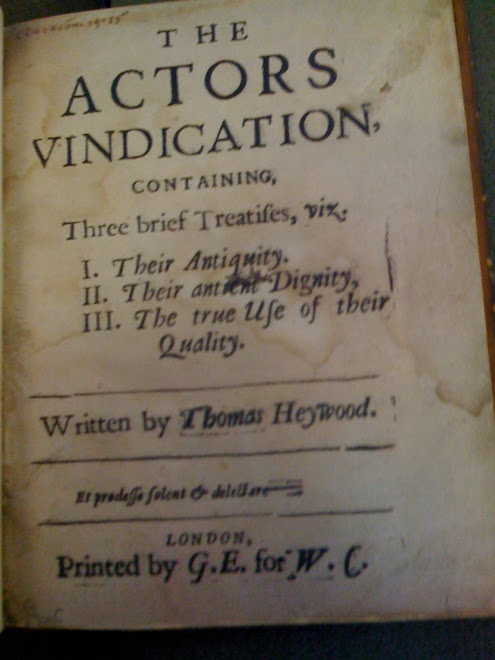
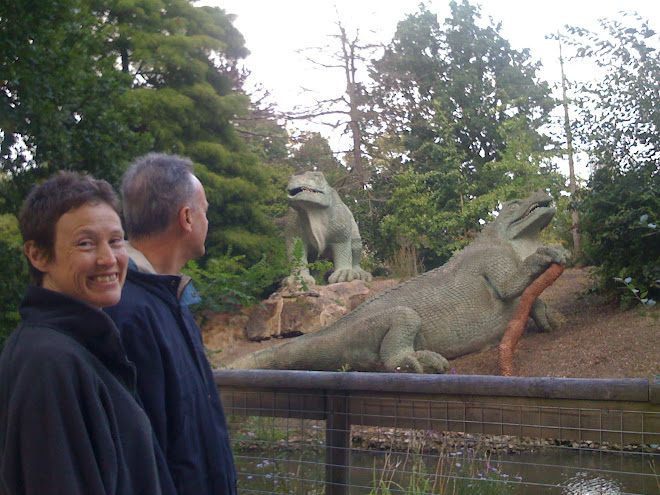


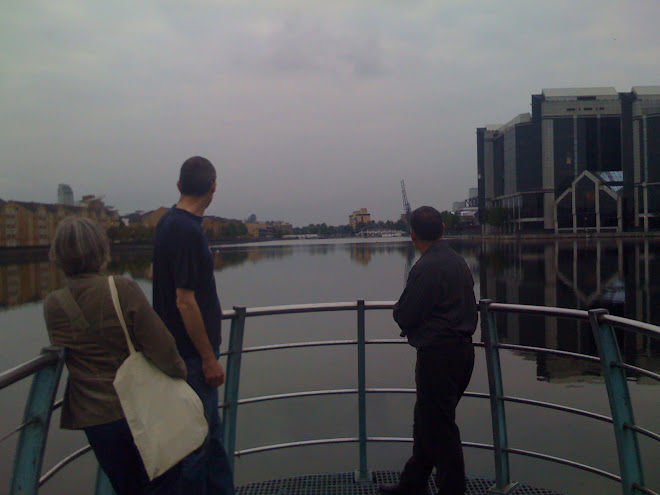
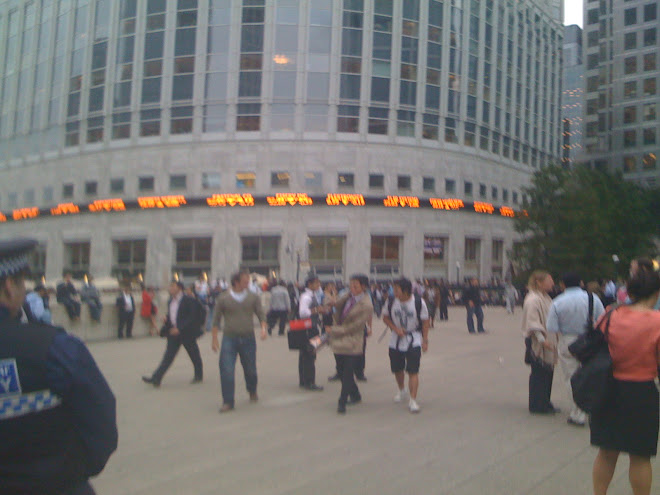
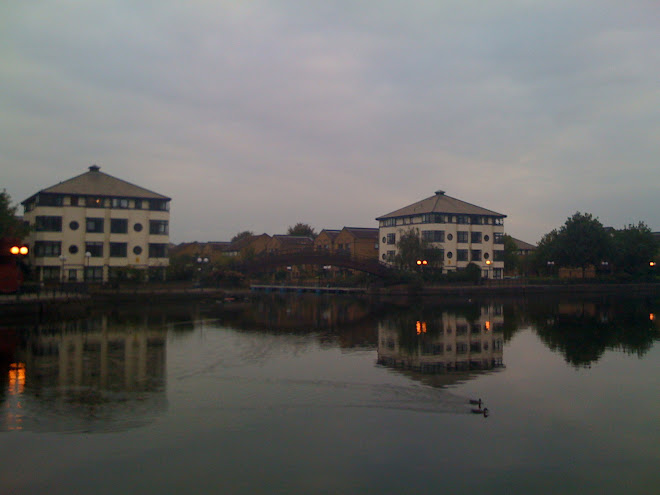

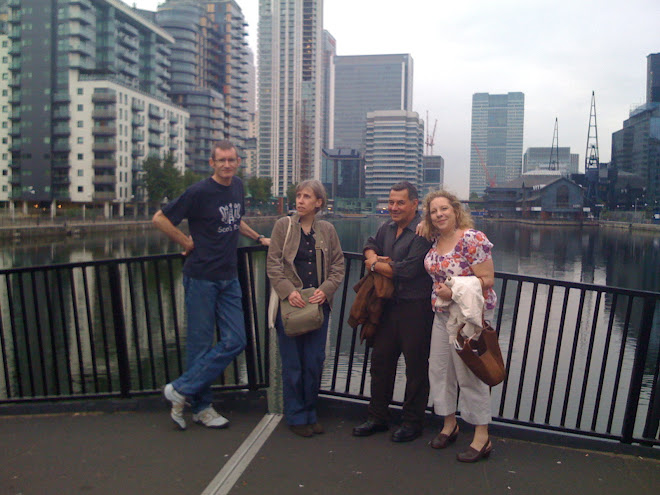
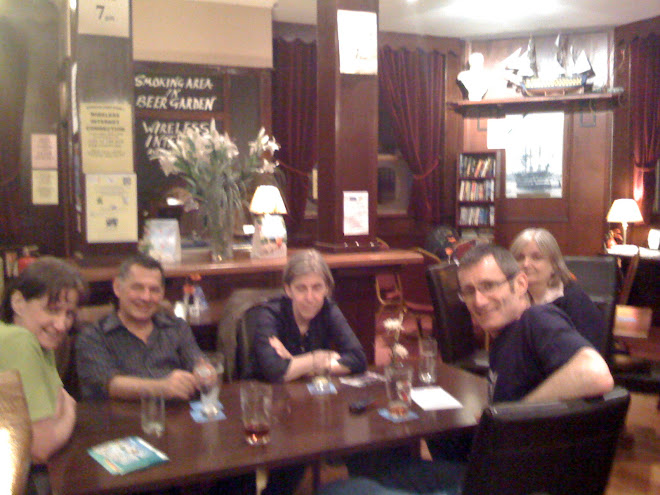
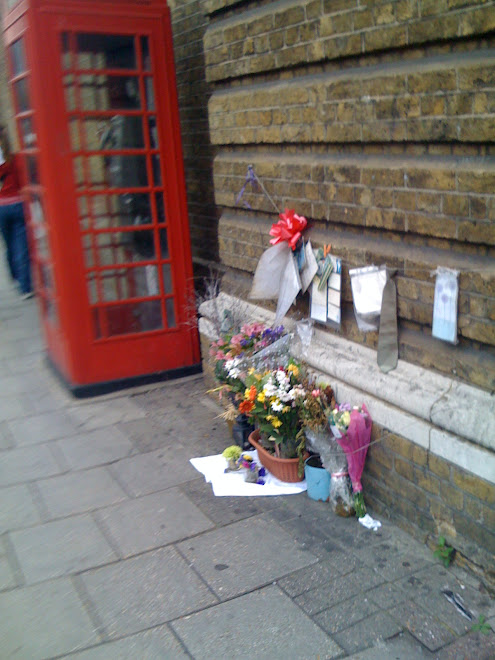

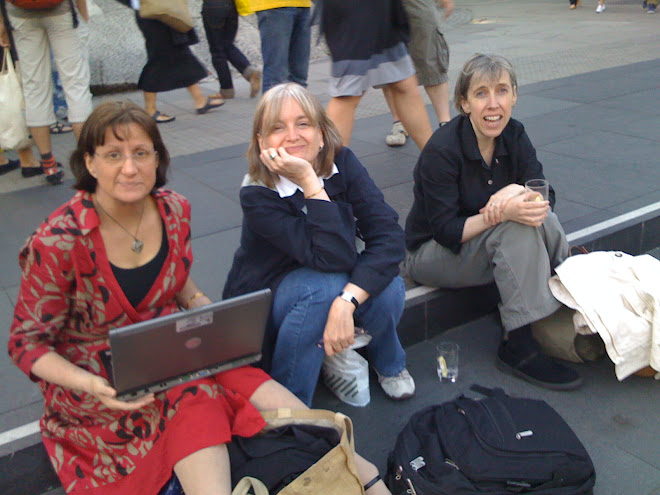
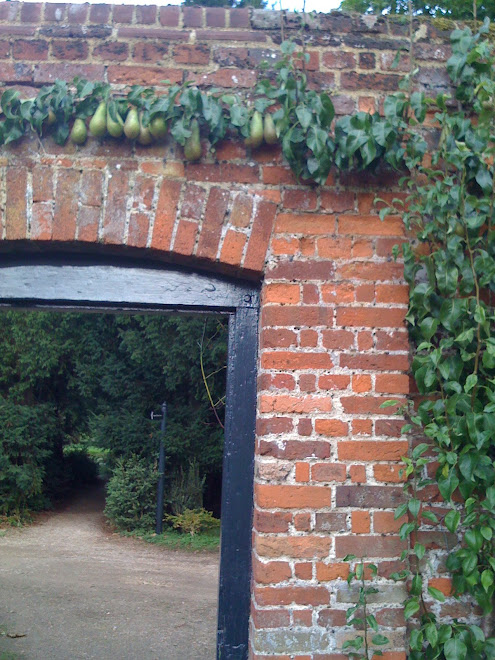
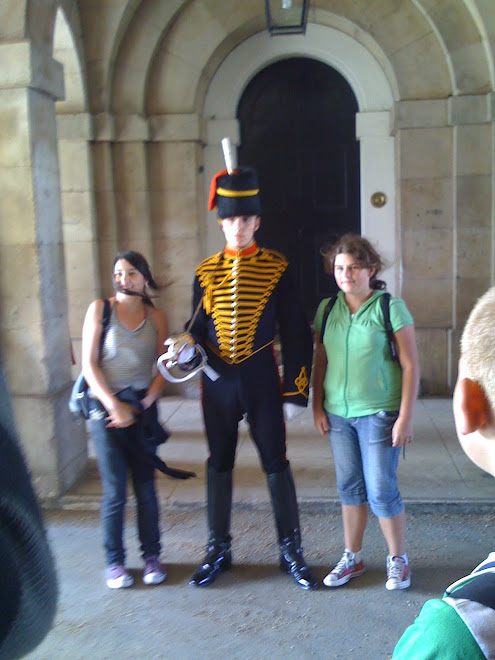
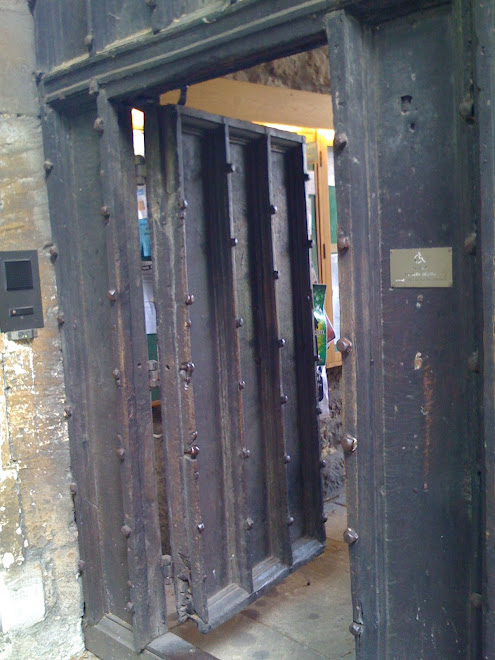
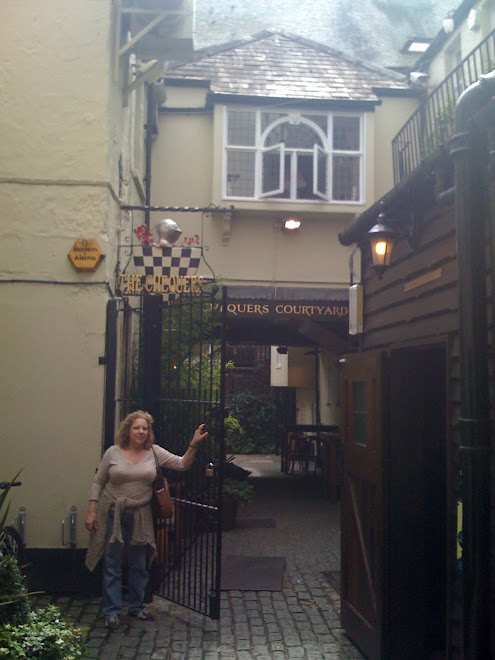
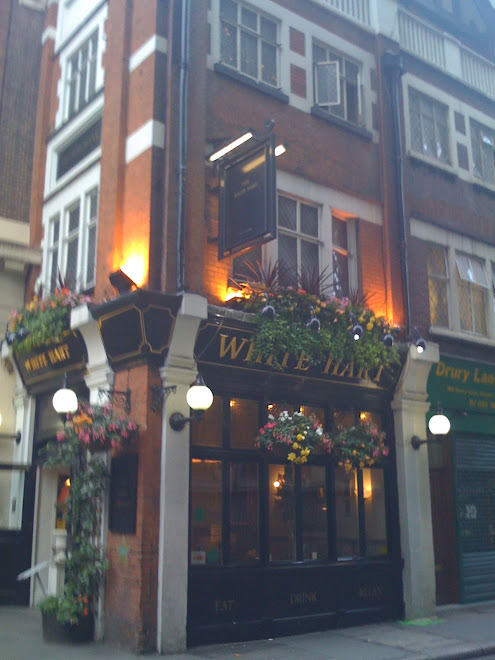


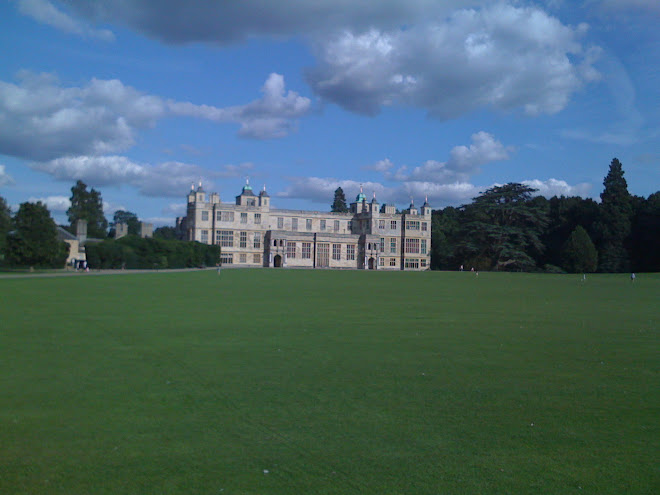
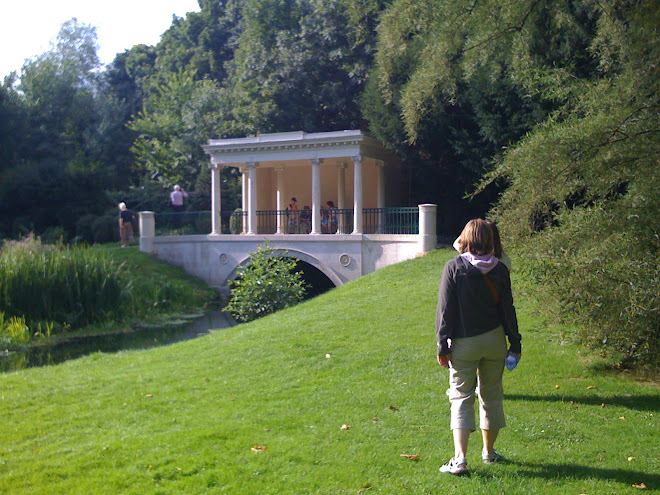

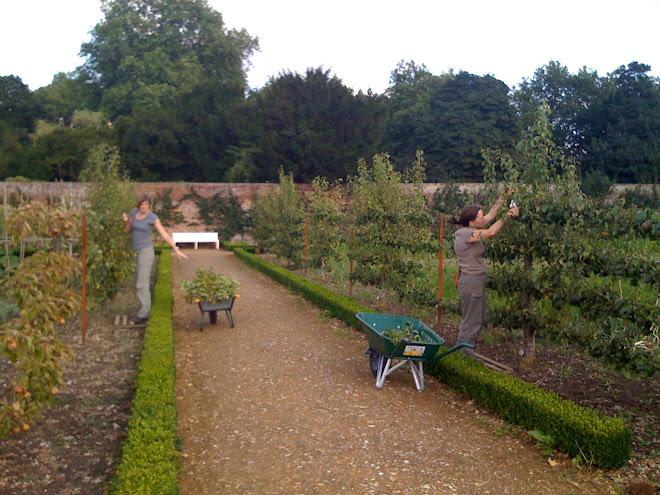
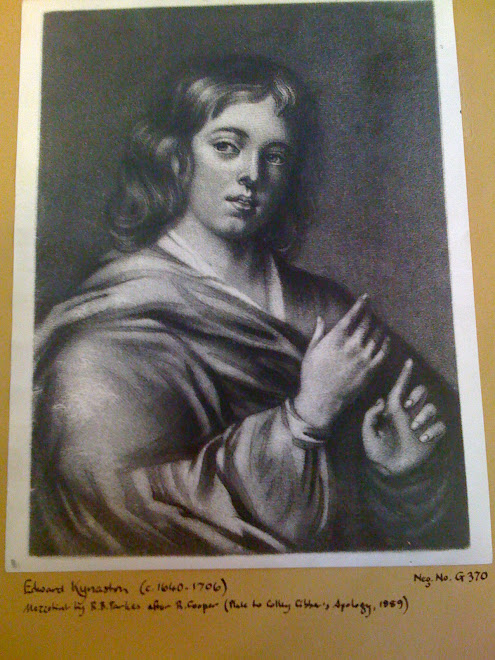

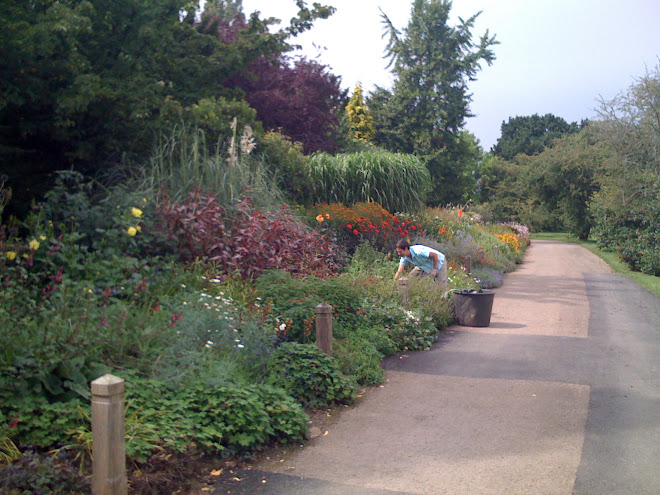
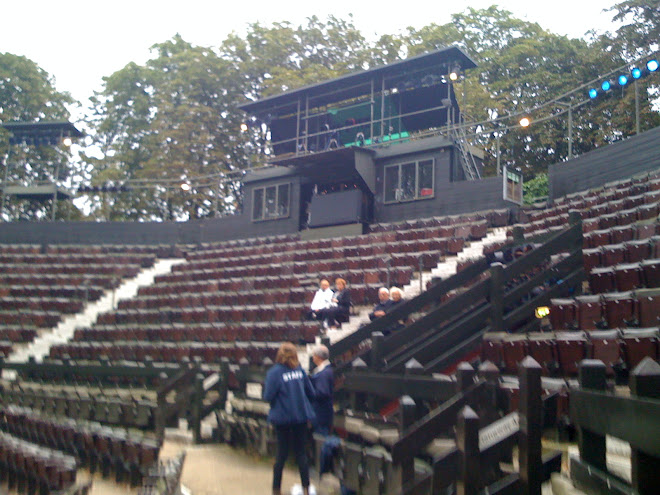
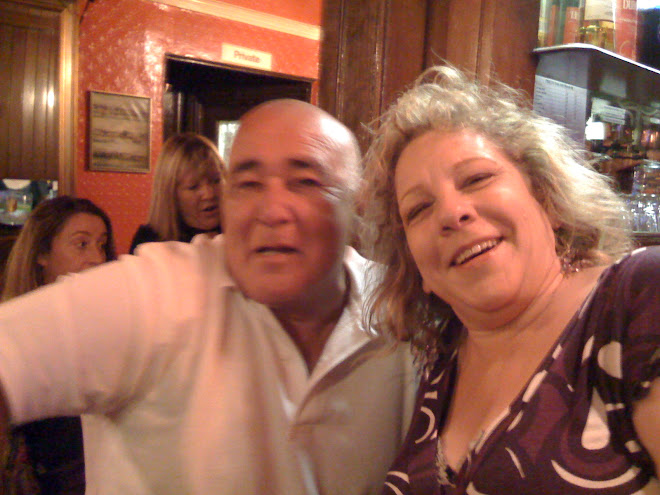

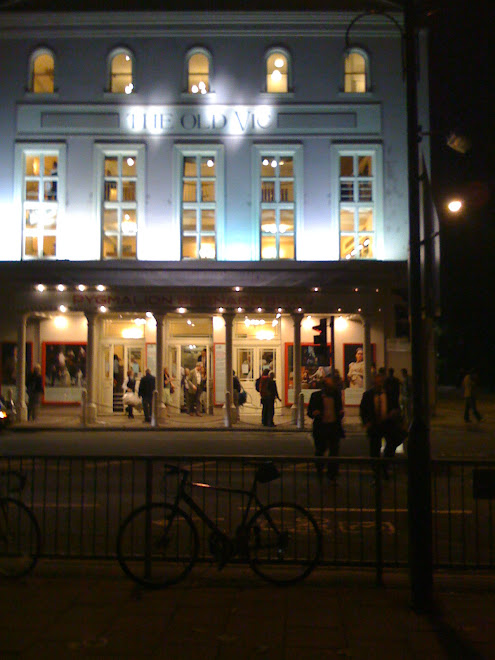
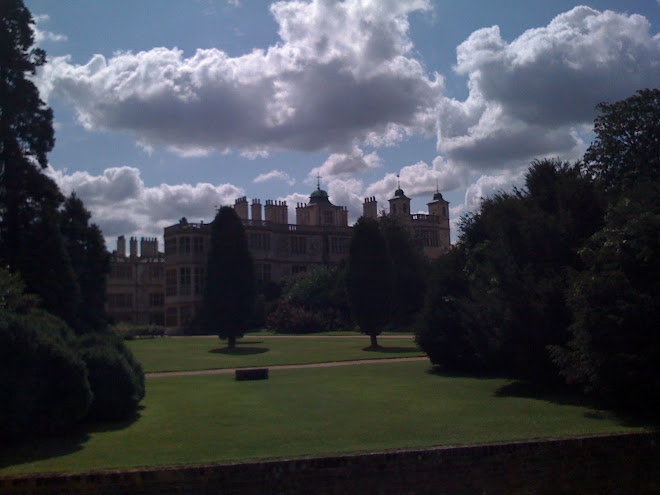
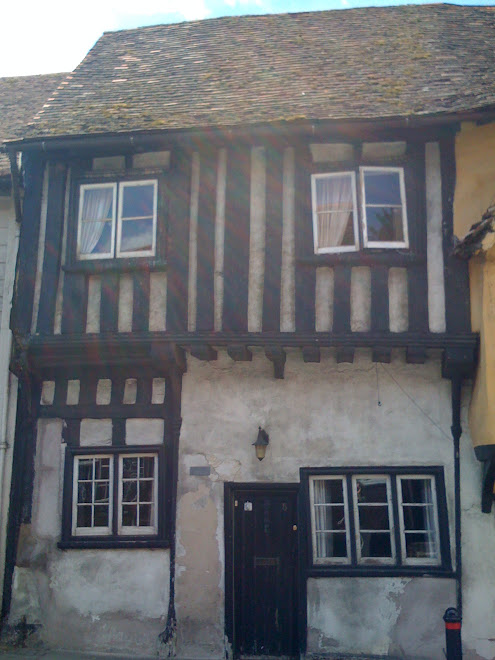

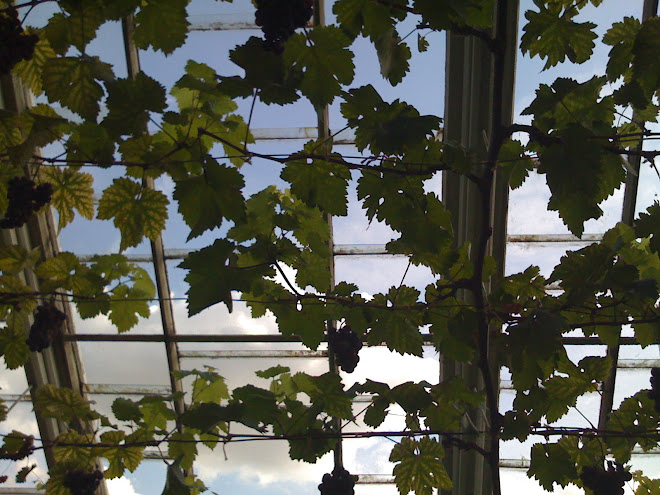
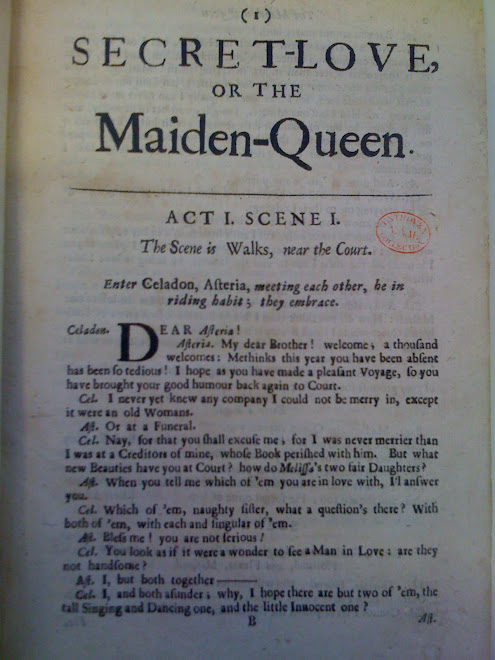
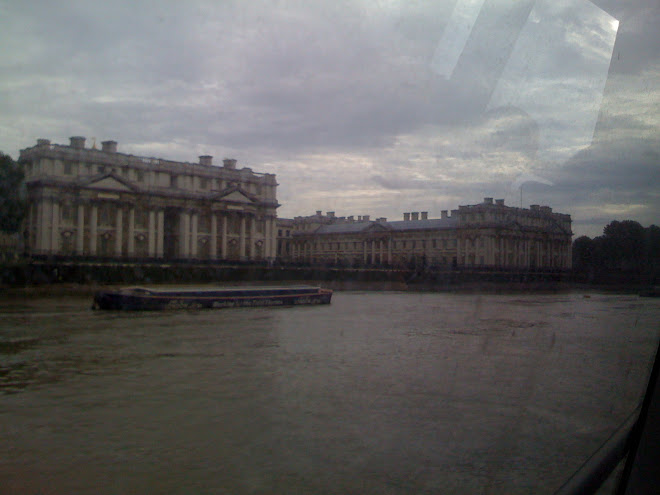

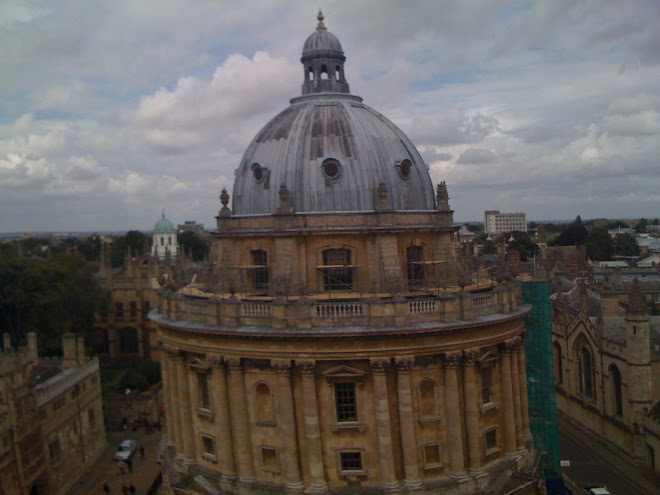
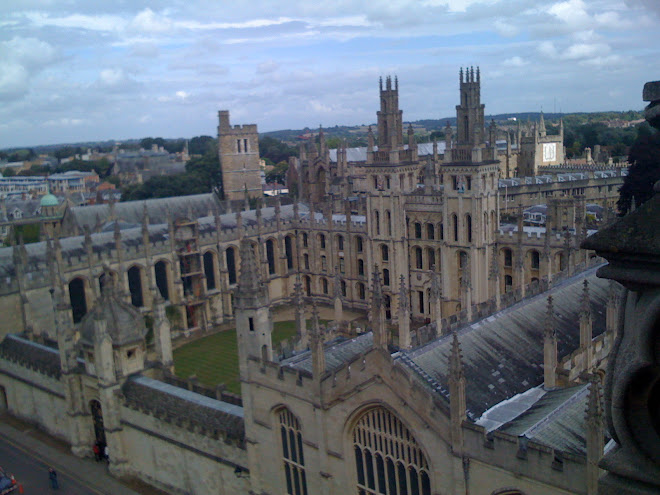
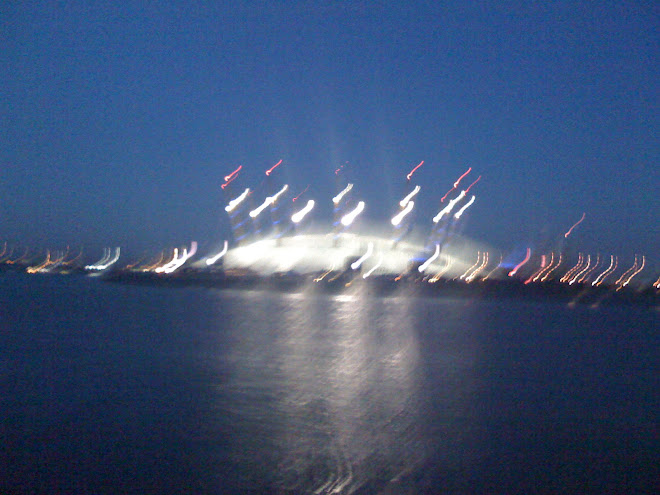
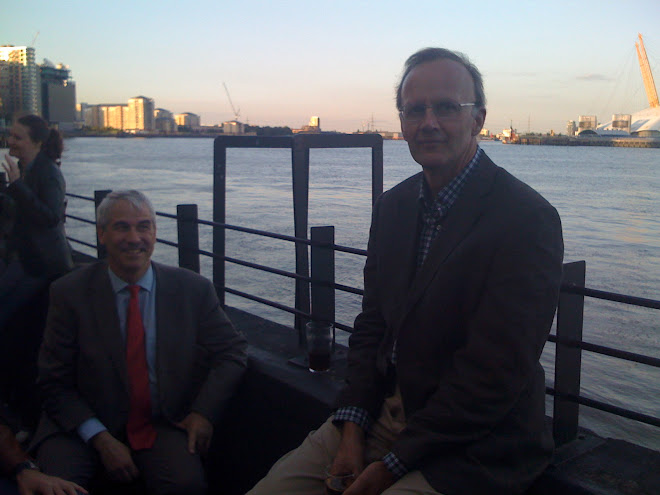
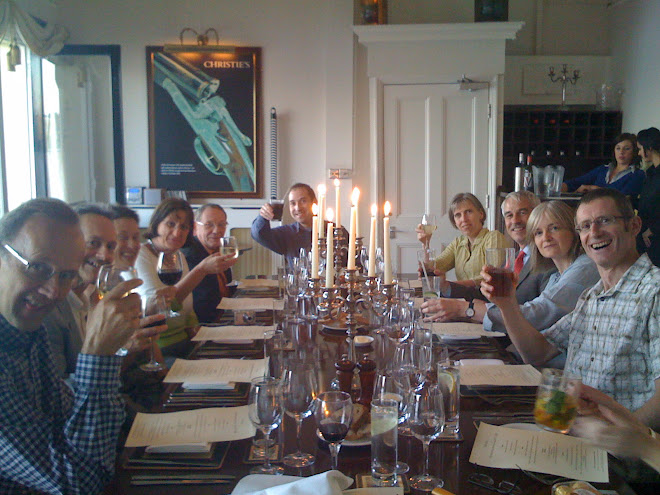



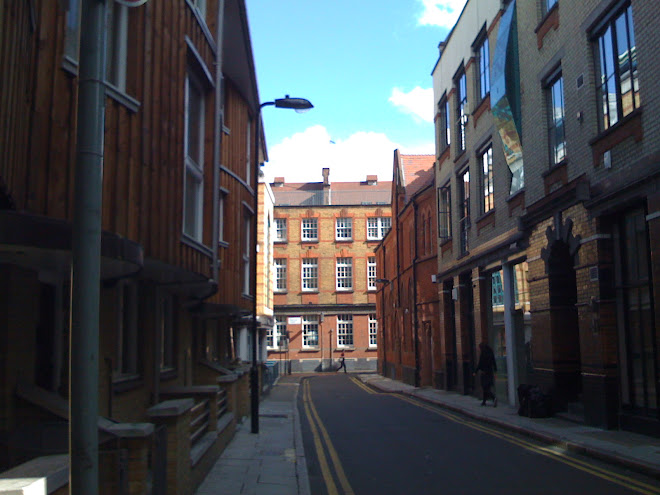
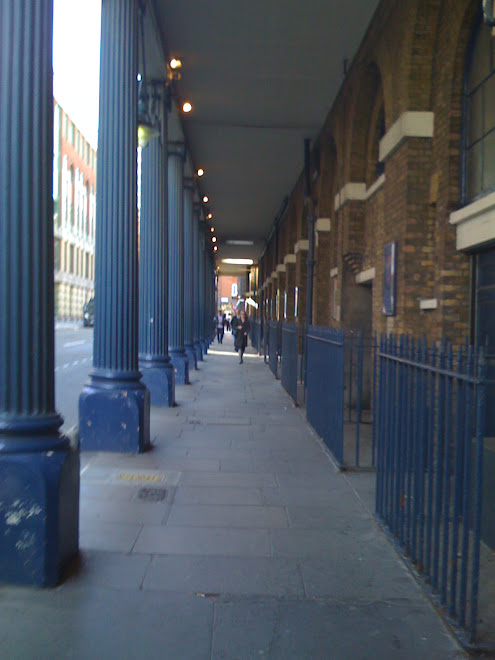

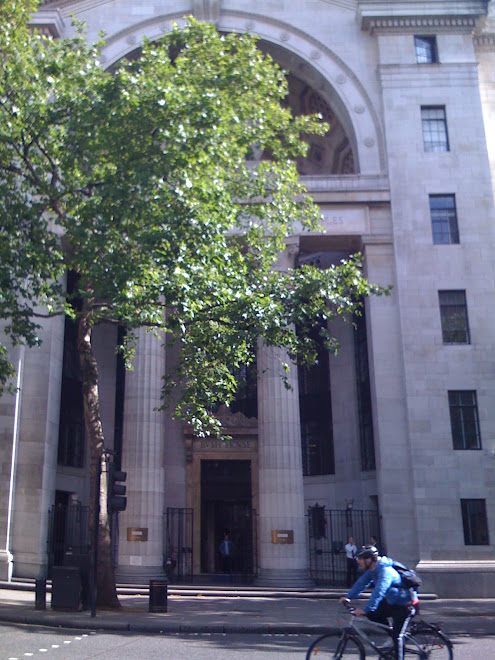


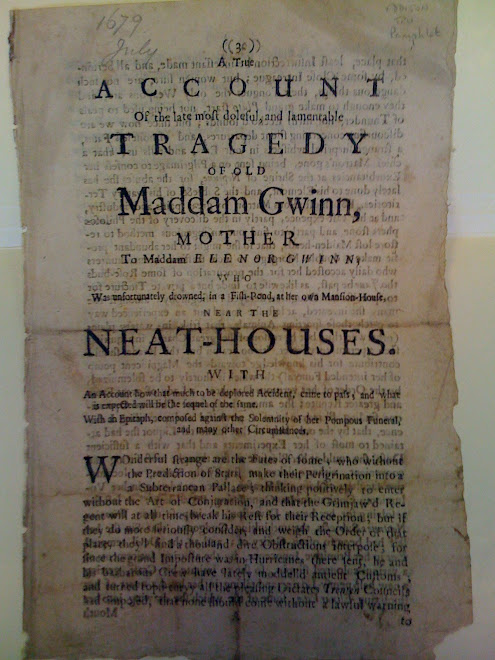
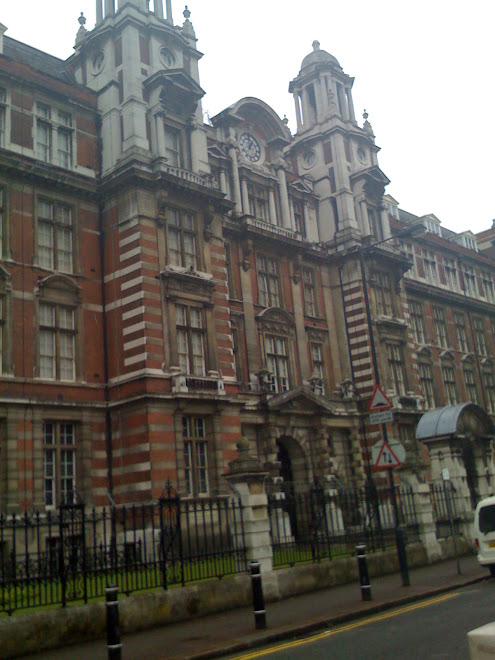
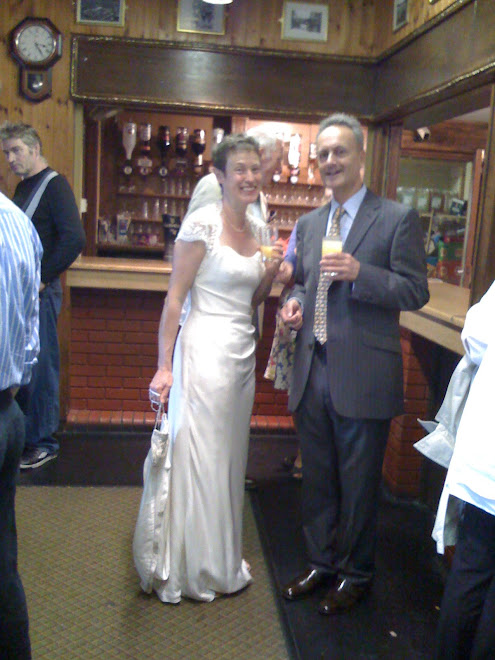

No comments:
Post a Comment